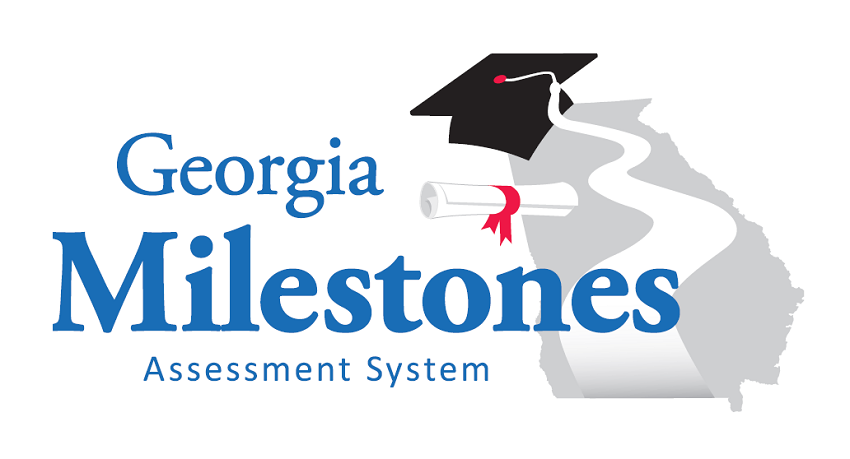 Taking any standardized test can be stressful, but if you understand the format of the test and how their answers will be graded, they may have an easier time. The GMAS (Georgia Milestones Assessment System) is no different.
Taking any standardized test can be stressful, but if you understand the format of the test and how their answers will be graded, they may have an easier time. The GMAS (Georgia Milestones Assessment System) is no different.
The first step to scoring better on the GMAS is to understand the types of questions on the test. Then, look at the rubrics for each type of item to see how your response will be graded.
Since the test varies by grade, the following guidelines apply to the 8th-grade tests:
ELA Questions
Selected-response- Students choose the best answer from four answer choices. Distractors (incorrect answers) include other common errors that do not apply to the question.
Constructed-response- Students respond to a question in their own words, without multiple-choice options.
This section will provide students with a reading passage such as a short story, poem, or short nonfiction essay, then ask the student to respond to a prompt such as “Analyze how the author’s word choice impacts the tone of the poem. Be sure to use details from the poem to support your answer.”
An included scoring guide provides the student with the standard and item depth of knowledge, as well as a rubric like the one below:

Proven GMAS Assessment Rehearsal Programs
Developed by Expert Teachers
Example of a response worth 2 points:
The poet’s word choice affects the tone of the poem in many ways. For example, the use of adjectives like “lovely,” “dark,” and “deep” create seemingly contradictory images and tones. “Dark,” usually has a negative connotation in poetry because it symbolizes evil, fear, sadness, or despair, which are all “bad” things. The word “lovely,” however, connotes beauty, happiness, and joy, all positive things. The reader is left wondering how something could be both “lovely” and “dark” at the same time. What tone did Frost intend in this poem? The reader must look at the other lines for further evidence. Earlier in the poem, the narrator describes the sounds he hears in the lines “The only other sound’s the sweep/Of easy wind and downy flake” (lines 11-12). These lines portray a sense of peace; therefore, the reader must read the “lovely dark and deep” line with a positive, peaceful connotation.
This response would get a higher score because it includes a response, an analysis that supports the answer, and specific examples from the text that support the analysis.
Example of a response worth 1 point:
The tone of the poem is created by the poet using short, choppy words like “dark” and “deep.” These words are both scary words, so the tone of the poem is scary.
This response would get 1 point because it does not provide sufficient analysis of textual examples to support the student’s analysis.
To get a better score: Use specific examples from the text to support your analysis.
Extended constructed-response- Students write either an argumentative or informative essay, using a provided reading passage, and include citations from the text.
This section is graded according to a four-point holistic rubric. Students receive 0-4 points based on things like idea development, organization, and coherence.
Note: Because students must construct their responses with a time limit and without the benefit of additional time for revisions, these responses are graded as rough drafts.
To get a better score: Make sure you know which type of essay the prompt asks you to write and read the rubric before you begin writing!
Mathematics Questions
Constructed-response- Students respond to a question without multiple-choice options.
These questions ask a student to figure out a complex mathematical concept and explain the process of solving or proving that concept in words.
To get a better score: Read the rubric first! It will often give you an idea of what you need to do to get partial credit if you feel stuck.
Extended constructed-response- These questions elicit a longer, more complex response.
Grades for both types of questions are based on an item-specific scoring rubric.
To get a better score: Double-check your math. One error can cause the rest of your response to go off track.
To summarize:
- Read the rubric before you answer any constructed-response question.
- For language arts responses, focus on including textual support for your analysis.
- For mathematics questions, double-check your math before moving on to the next question.
Good luck!





